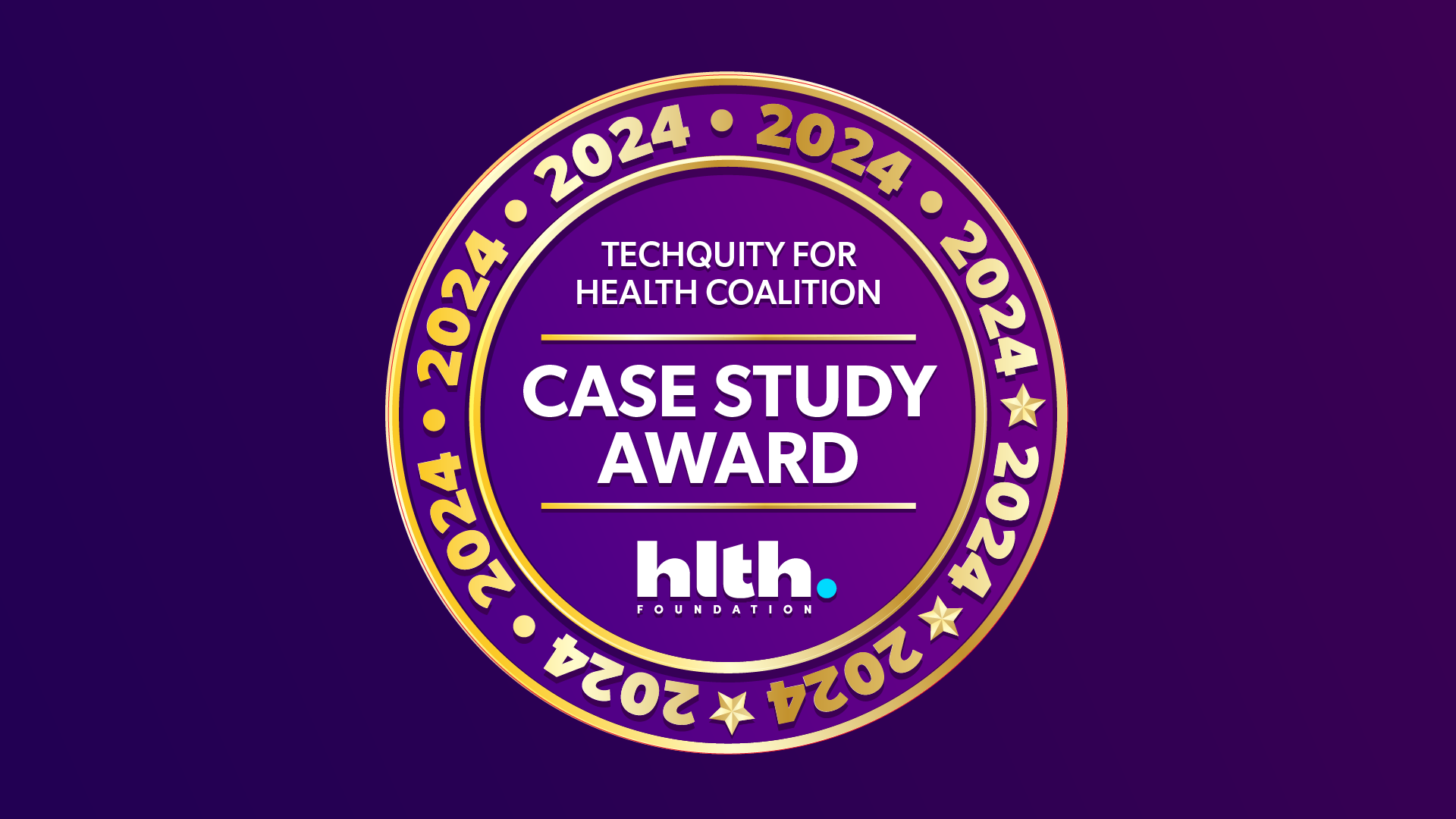Tuesday, Oct 25, 2022
Advancing Health Equity Requires Contributions From Every Healthcare Sector

Nan GuAssociate Principal, Patient Health & Equity, ZS

Judith KulichPrincipal, Patient Health & Equity Lead, ZS

The future of healthcare already exists—but only for some. Despite the advances science has made in the past 20 years, outcomes differ markedly by race, gender, socioeconomics and other demographic traits. We can reengineer a patient’s immune system to destroy cancer cells while, at the same time, roughly half the world’s population lacks access to basic healthcare.
The scope of the health equity challenge is immense.
A ZS survey of 4,000 U.S. healthcare consumers, conducted with The Harris Poll, found major differences both in how different groups engage with the healthcare system and the outcomes they experience as a result:
- Black consumers in the U.S. spend almost 50% longer than others traveling to access primary care.
- Uninsured consumers are 60% less likely than those with insurance to have a primary care doctor.
- Black, Hispanic and Asian consumers are 20% more likely to agree with the statement, “The healthcare system doesn’t care about people like me.”
- Consumers with incomes under $50K and who live in rural areas neglect their health at much higher rates than others.
These barriers to access and negative experiences lead to inequitable health outcomes. Black women are 42% more likely than white women to die of breast cancer in the U.S., while Americans who identify as Hispanic or Latinx have been twice as likely to be hospitalized with COVID and 1.8X as likely to die from it. It isn’t groundbreaking science we lack. It’s connected pathways and creative adaptations to ensure the spoils of scientific innovation reach everyone.
What’s stopping us from building a more equitable healthcare system?
- Lack of data collection, sharing and outcomes measurement standards confound sharing of insights and collaborating to take action.
- Lack of clear ownership. For diabetes patients, among the biggest drivers of disease incidence and progression are food insecurity and loneliness. Who’s responsible for solving loneliness?
- Lack of training and incentives to adopt behaviors that bolster health equity. At an individual level, there’s ambiguity about how to collect data from patients. At an organizational level, providers aren’t paid for nonclinical interventions.
- Lack of representation among minority groups across healthcare and insufficient efforts to address systemic bias and establish trust with patients marginalized from the healthcare system.
- Lack of sustainable funding for health equity endeavors—particularly those developed with community-based organizations.
- Regulatory restrictions that hamper partnerships, such as the physician self-referral law and anti-kickback statute that would hinder (for instance) a life sciences company from configuring a health system’s electronic health record to screen patients for more social and clinical patient risks and then recommend clinical and non-clinical services.
To drive better health outcomes, understand when to lead (and when to follow)
Most would agree that creating a more equitable U.S. healthcare system is a worthy goal. In ZS’s recent work with the Healthcare Leadership Council, representing dozens of companies across life sciences, payers, providers and other healthcare sectors, we identified actions each sector can take now to move toward the goal of health equity.
Payers
- Driving reimbursement reform to incentivize nonclinical interventions. As membership movement is common across payers, we suggest creating a consortium or consortia to further health equity by:
- Establishing a minimum common standard of benefits and reimbursements for health equity activities
- Aligning on data collection and sharing standards to enable cross-payer patient tracking
Life sciences
- Developing medicines that benefit a broader population by building more inclusive clinical trials and focusing on afflictions and populations that have experienced historical underinvestment
- Creating organizational capabilities to partner outside life sciences to improve screening, diagnosis and treatment of patients from underserved populations
Healthcare providers and health systems
- Leading harmonization of data collection, interoperability and outcome measurement across sectors
- Leading efforts to expand sites of care to improve reach to populations with low utilization of traditional ones
- Scaling interventions and partnerships alongside community-based organizations
- Conducting diversity, equity and inclusion training to identify equity gaps and implicit biases
Connectors
Since payers, providers and life sciences all have a limited purview, connectors (such as health tech companies, distributors, group purchasing organizations and certain service providers) serve as an overlay to ensure signals aren’t lost where one player’s reach starts and another one’s stops.
These entities play an invaluable role in:
- Bringing consistency to data inputs and outcomes measurement
- Sharing best practices across organizations within a sector
- Connecting organizations to provide scale for interventions
The dynamic among these resembles that of a jazz combo. Each player must understand when to solo and when to fade into the background. When it’s the trumpet player’s turn to solo, the others don’t stop playing—they shift to a complementary role. While each ecosystem player must leverage its position and expertise to drive data harmonization, incentivize the right behaviors, design interventions and build bridges, change only happens when everyone operates in sync.
At the same time, there is an often unseen player we must not forget. In healthcare, community-based organizations represent the last mile of reaching underserved people. Across all healthcare sectors, we must work to empower and support the community via private sponsorships and advocating for public funding for health equity-aligned initiatives.
Adapting innovations to achieve health equity aims
Luckily, we don’t have to start from scratch. Innovators and thought leaders from across healthcare have created blueprints for success. The SCAN Foundation, an independent nonprofit created by the SCAN health plan, has created a comprehensive resource of success factors for health plans to use to partner with community-based organizations. And some Medicaid plans, such as MassHealth, have adopted a payment model that adjusts for social risks within groups of individuals. Preliminary measurements show progress in moving interventions from emergent care to primary care.
Think big, stay focused and start now
Making progress on health equity also suffers from being labeled as intractable. While solving this challenge will not be easy, leaving it to solve itself isn’t an option. While there is no one-size-fits-all solution, here are three pieces of advice all leaders, regardless of sector, can use to begin driving change today.
- Understand where your organization is and where it needs to be—and then create a plan to get there.
- Solutions built for one community or one disease may not work for another—so build for someone, not everyone.
- It’s a marathon, not a sprint. Health equity is a lofty goal with tremendous value to the industry and society at large. Be shrewd with investments and priorities, but don’t expect results by the next earnings call.
You May Also Enjoy

Wednesday, Aug 31, 2022
Graph Technology and the New Health Data Landscape: Your spreadsheets just don’t cut it anymore

Charles Aunger

Tuesday, Feb 27, 2024
First Techquity for Health Case Study Competition Winners Announced: A Groundswell of Action on Health Equity

Wednesday, Mar 23, 2022
HLTH 2021 Executive Summary